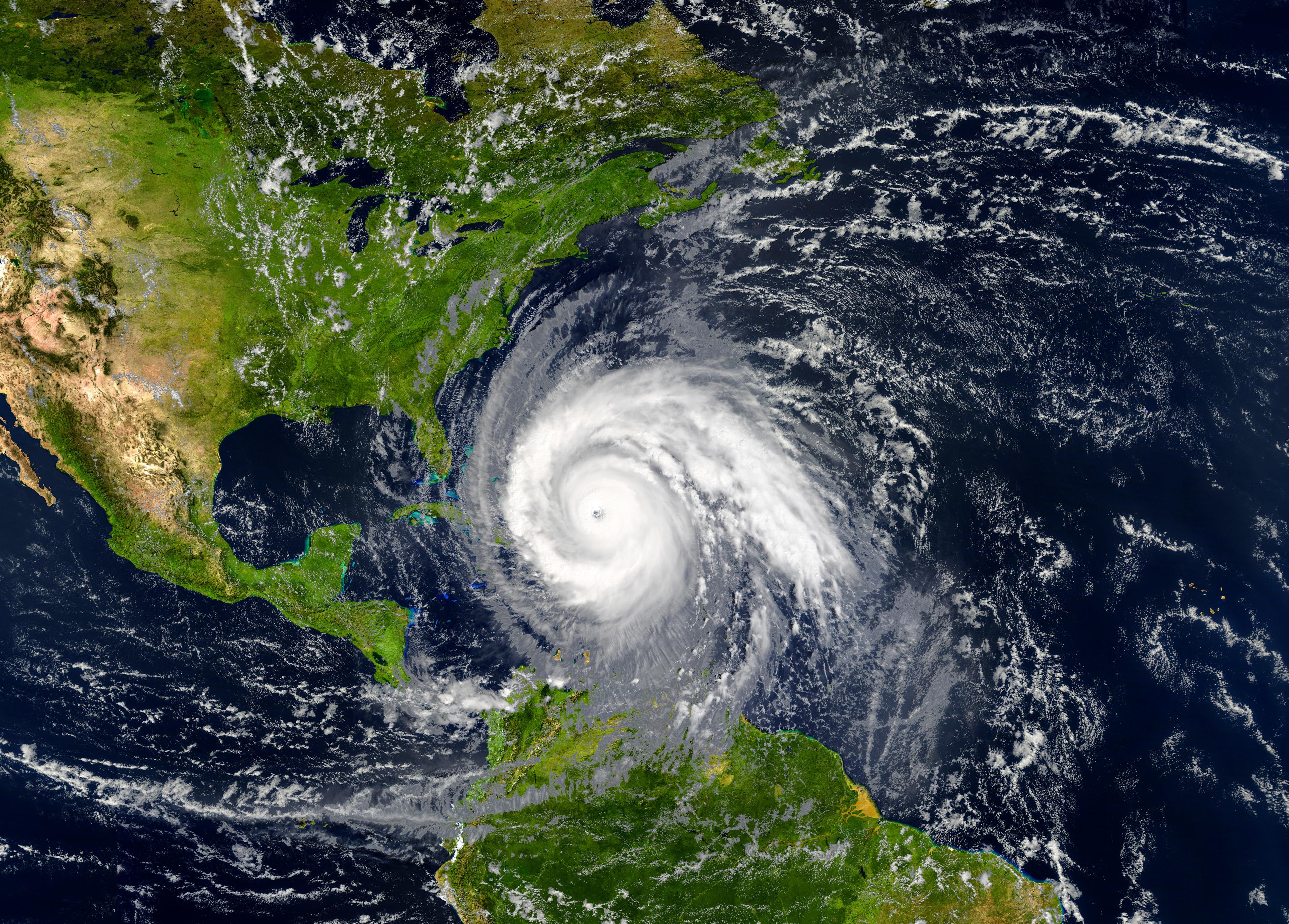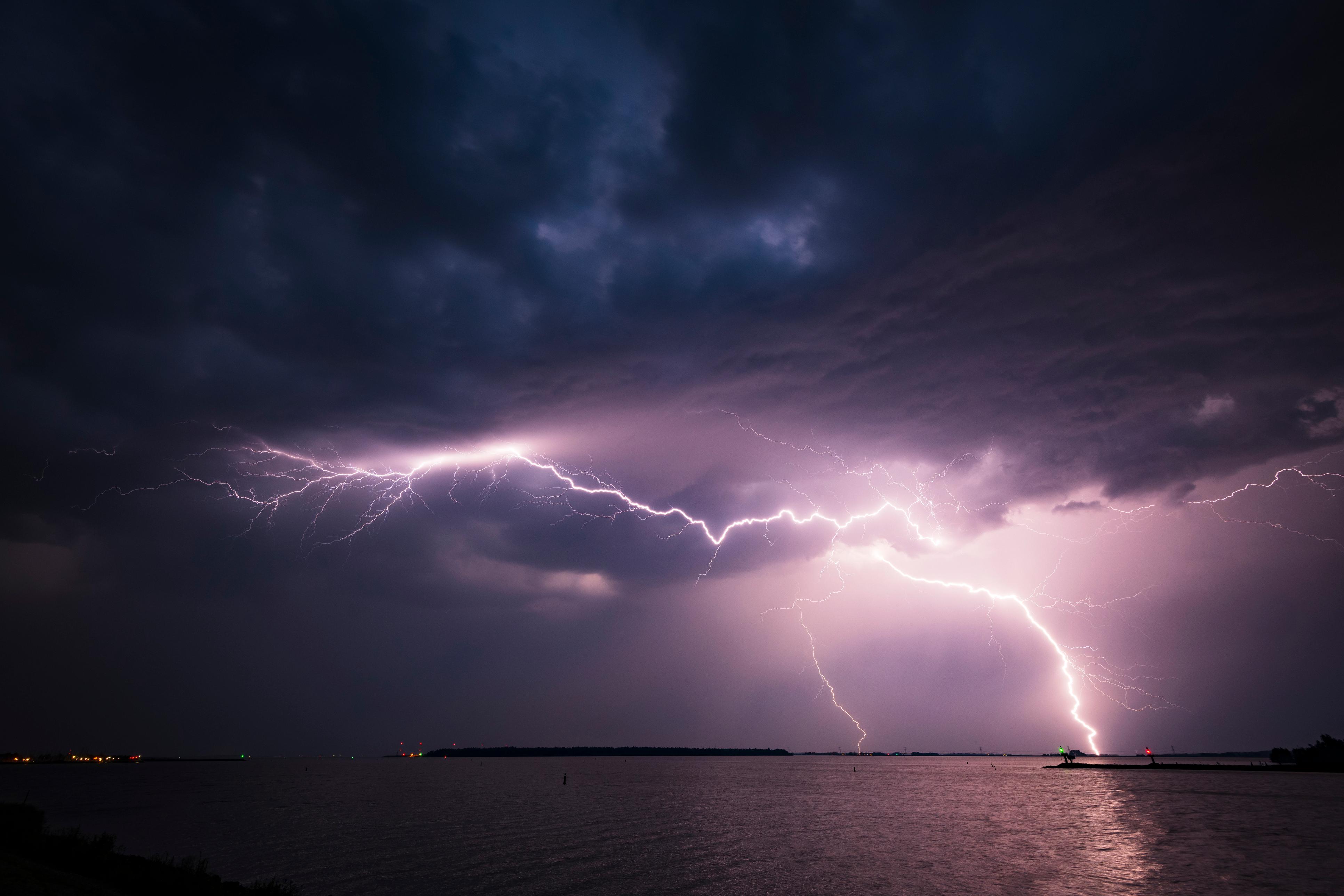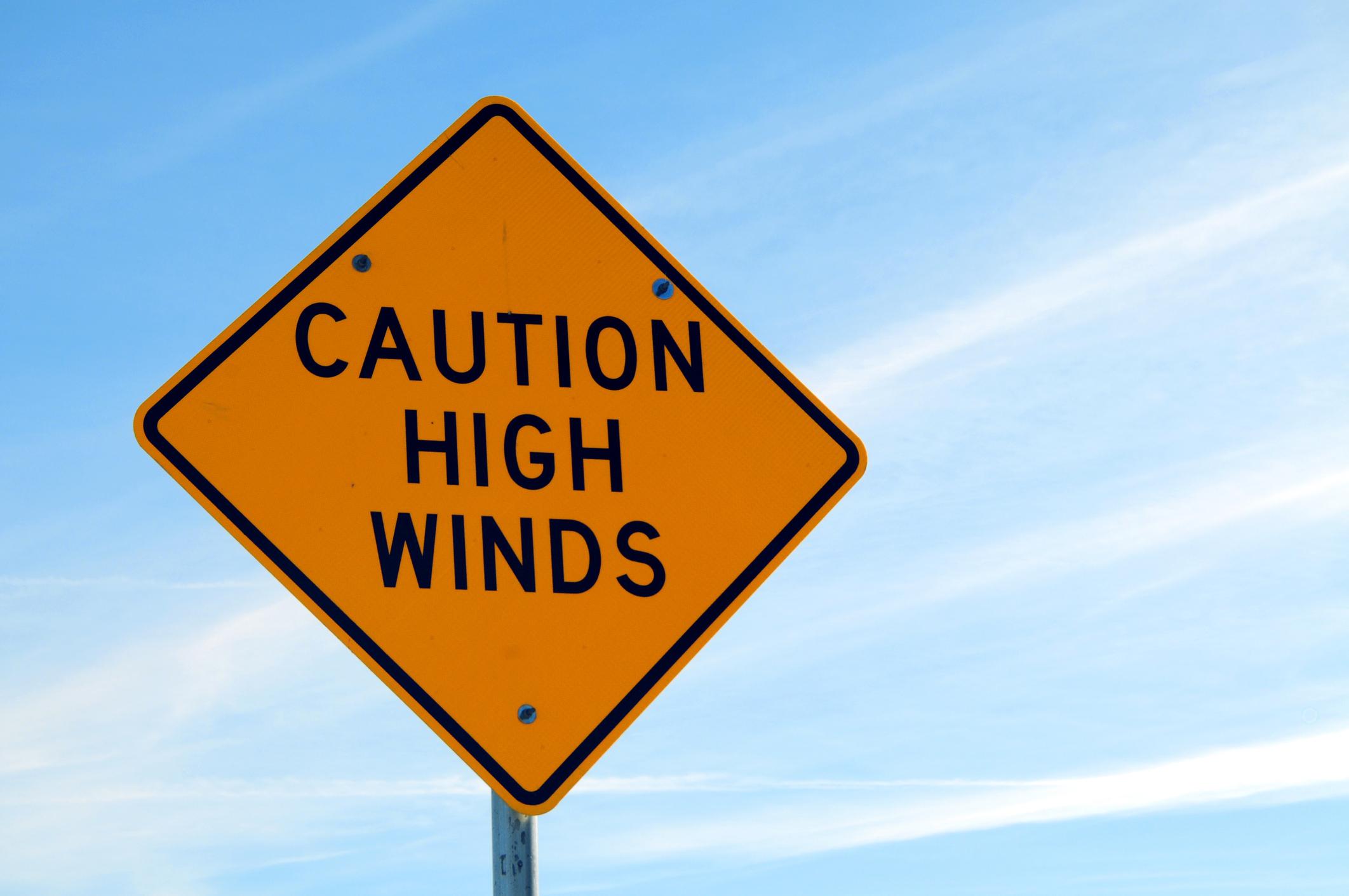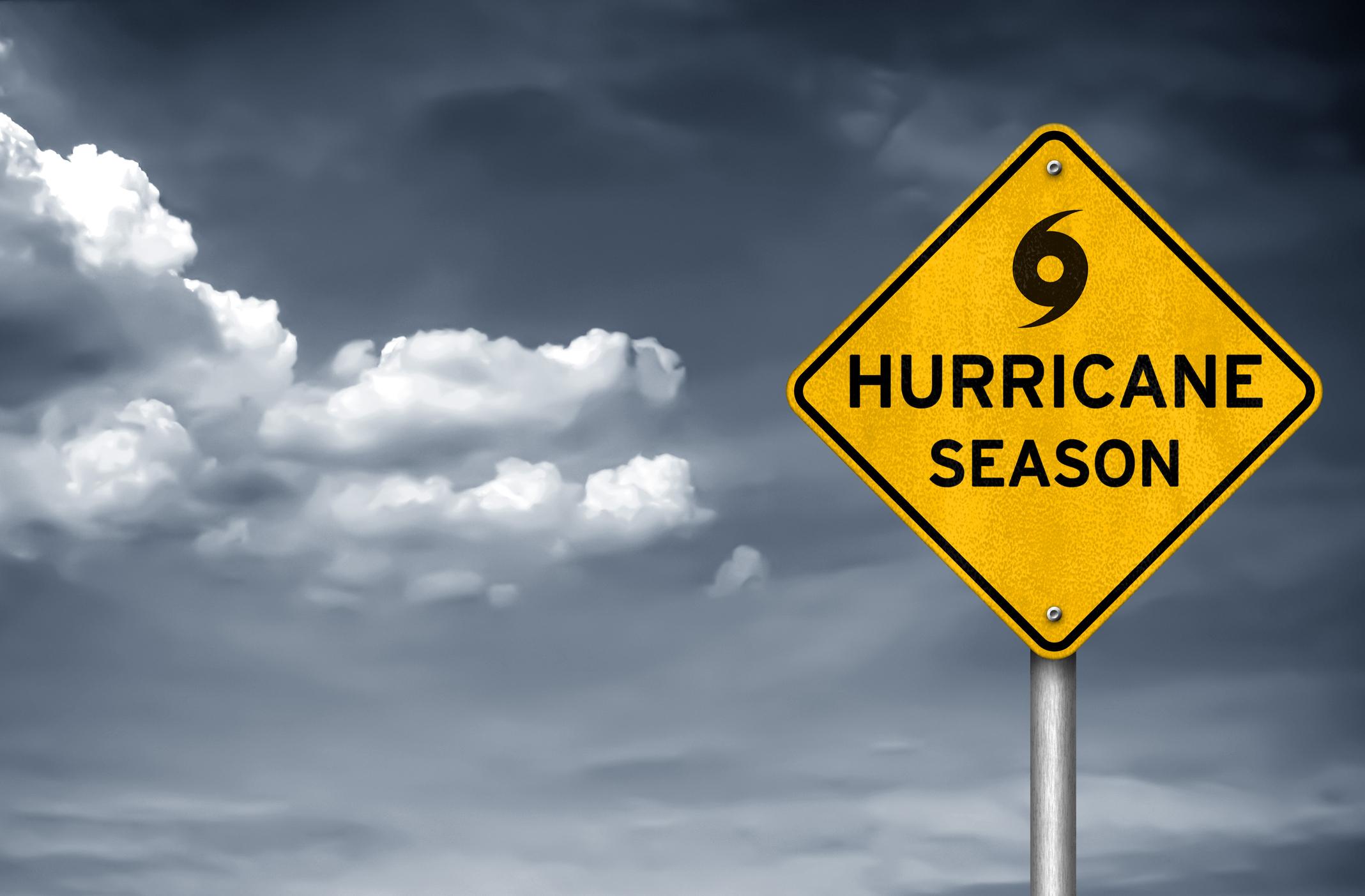Hurricane Season is Coming, But How Do Hurricanes Even Form?
Updated May 11 2020, 11:12 a.m. ET

The 2020 Atlantic hurricane season is coming very soon. This season is part of an annual cycle of tropical cyclone formation when hurricanes are more likely to occur for those that live near the Atlantic ocean. The season officially starts on June 1 and ends on November 30. When this season comes around every year, many different meteorological terms get thrown around by weather people, scientists, and people who live near the Atlantic ocean.
So, is it a tropical storm or a tropical depression? Is a hurricane less intense if it’s classified as a Category 3 versus a Category 4? What exactly starts the process of a hurricane? How are they even formed?
A hurricane is scientifically known as a tropical cyclone.
According to NASA, only tropical cyclones that form over the Atlantic Ocean or the eastern Pacific Ocean are called "hurricanes,” however, whatever they are called, tropical cyclones all form the same way. The warm, moist air over the ocean rises upward from near the surface. Because this air moves up and away from the surface, there is less air left near the surface.

Air from surrounding areas with higher air pressure pushes in to the low-pressure area. Then that "new" air becomes warm and moist and rises, too. As the warm air continues to rise, the surrounding air swirls in to take its place. As the warmed, moist air rises and cools off, the water in the air forms clouds. The whole system of clouds and wind spins and grows, fed by the ocean's heat and water evaporating from the surface.

NASA built satellites that are operated by the National Oceanic and Atmospheric Administration (NOAA) specifically to track hurricanes. These satellites save lives by helping weather forecasters predict and warn people where and when these severe storms will hit land so they can take the precautions necessary before the storm comes.
Wind speed determines a storm’s classification.
NASA explains, when the winds in the rotating storm reach 39 mph, the storm is called a "tropical storm." When the wind speeds reach 74 mph, the storm is officially a "tropical cyclone," or hurricane.

Tropical cyclones usually weaken when they hit land because they are no longer being "fed" by the energy from the warm ocean waters. However, they often move far inland, dumping many inches of rain and causing lots of wind damage before they die out completely.
Experts say this hurricane season will be above average.
CNN meteorologist Taylor Ward says, "Nearly all seasonal projections that have been issued by various agencies, institutions and private forecasting companies call for this [hurricane] season to be quite busy.”

Experts are reporting between six to nine tropical storms this season. Even though the official forecast from the National Oceanic and Atmospheric Administration won't come until May 21, there is a strong consensus in the forecasts across the industry that indicate the US is in for an active season. Amid the COVID-19 pandemic, these storms could be catastrophic.